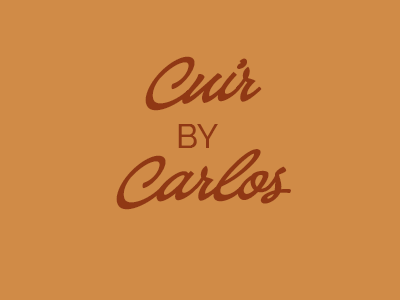History and Craftsmanship of Moroccan Slippers
The Origins of Moroccan Slippers
Okay, so Moroccan slippers, or babouches, as we call them, are way more than just shoes. They’re like a little piece of history you can wear. The word “babouche” comes from the Arabic “babush,” which basically means “shoe.” But don’t let the simplicity fool you. These things have been around since the 12th century, when they first popped up in Morocco. And guess what? They didn’t stay there. They spread all over North Africa, the Middle East, and even made their way to Europe.
Explorer Charles de Foucauld put it perfectly in 1884: “C’est la seule chaussure qu’on voit au Maroc” (“It’s the only shoe you see in Morocco”). And honestly, it’s not hard to see why. Everyone wears them, men, women, rich, poor. They’re like the great equalizer of footwear.
Oh, and they’ve inspired some big names too. Take Eugène Delacroix, for example. He brought a pair back from Tangier in 1822 and even painted them into his works, like in Women of Algiers in Their Apartment. Then there’s Henri Matisse, who featured them in his 1912 painting Zorah on the Terrace. But wait, there’s more! Jean-Léon Gérôme, another 19th-century Orientalist painter, included babouches in his scenes of North African life, like in The Snake Charmer. And let’s not forget Jacques Majorelle, the French painter who fell in love with Morocco and often depicted traditional Moroccan life, including, you guessed it—babouches.
Not bad for a humble little slipper, huh? These artists didn’t just paint them—they celebrated them, turning a simple shoe into a symbol of exotic beauty and cultural richness.
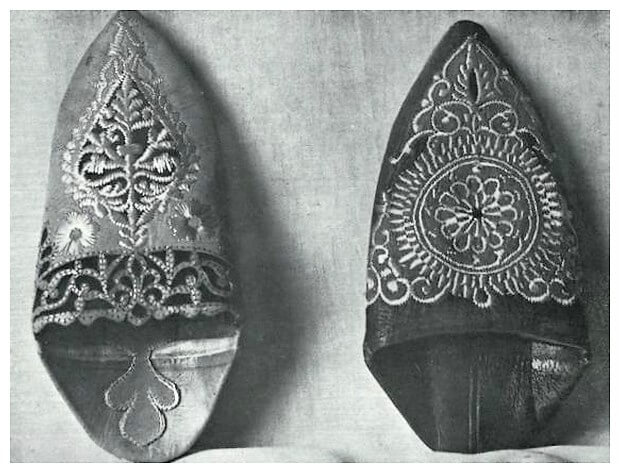
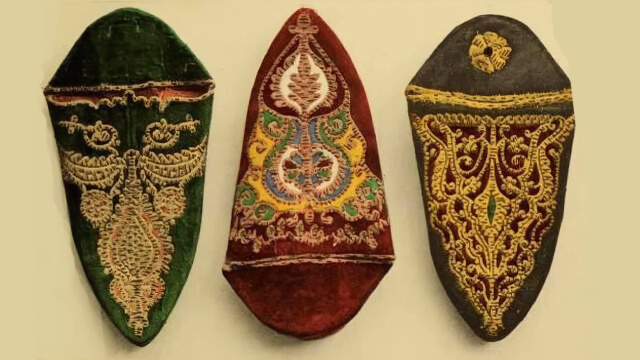
Traditional Craftsmanship of Moroccan Slippers
Now, let’s talk about how these beauties are made. Because, trust me, it’s an art form. Each pair of babouches is the result of skills passed down through generations. And this isn’t some factory-made stuff, it’s all done by hand, with crazy amounts of patience and precision.
The Leather: It’s a Whole Process
It all starts in the traditional tanneries of Fès and Marrakech. These places have been around since the 9th century, which is wild when you think about it. The leather goes through this whole ritual:
- Cleaning : The skins get soaked in vats of lime and water to get rid of all the gunk.
- Tanning : They use natural stuff like sumac or pomegranate to soften and preserve the leather.
- Dyeing : This is where the magic happens. They use natural dyes, saffron for yellow, indigo for blue, poppy for red, and mint for green. The colors are crazy vibrant, and it’s all eco-friendly.
- Drying and Finishing : After dyeing, the leather gets dried under the sun (hello, natural UV rays!) and treated with oils to make it soft and durable.
Every step is done by hand, and it’s a process that hasn’t changed much over the centuries. It’s like time travel, but for your feet.

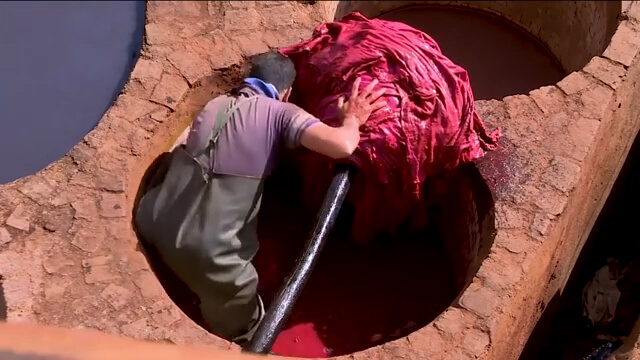
- Cutting : Artisans cut the leather into precise shapes, no machines, just skill and a steady hand.
- Assembling : The pieces get stitched together with strong cotton or nylon thread. It’s gotta be sturdy, right?
- Decorating : This is where the personality comes in. Some babouches get intricate embroidery, others get beads or even semi-precious stones. Every pair is unique.
Types of Moroccan Slippers
Babouches come in all sorts of styles, so there’s something for everyone:
- Pointed Slippers : The classic look, perfect for traditional vibes.
- Round-Toe Slippers : Super comfy and great for everyday wear.
- Heeled Slippers : Fancy and feminine, ideal for weddings or special occasions.
- Berber Slippers : Bold colors and rustic designs, perfect for channeling that rural Moroccan energy.
- Arab Slippers : Sleek and refined, popular in cities.
Whether you’re into geometric patterns, floral motifs, or something more minimalist, there’s a pair out there with your name on it.
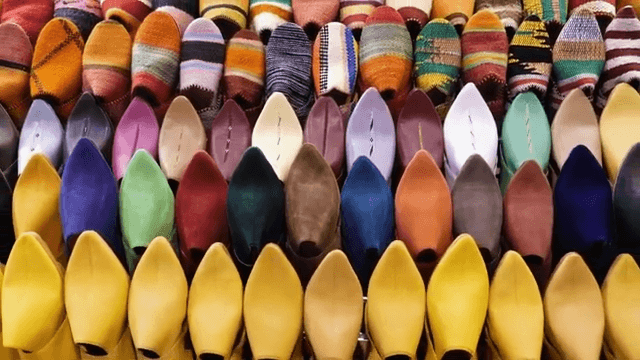
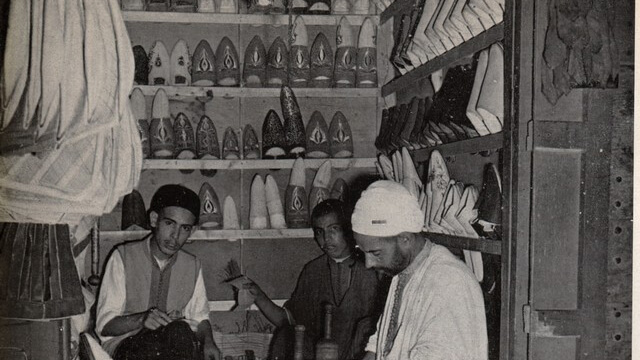
Moroccan Slippers in Modern Fashion
Here’s the thing: babouches aren’t just stuck in the past. They’ve totally made their way into modern fashion. Designers like Gucci, Balenciaga and Nanushka have been rocking them in their collections, and honestly, it’s not hard to see why. They’re versatile, stylish, and just a little bit exotic.
How to Style Them
- Summer : Pair them with a flowy dress or some wide-leg pants for that boho-chic look.
- Winter : Throw them on with jeans, a cozy sweater, or even a long coat for a cool, eclectic vibe.
Basically, they work with pretty much anything. And they’re comfy too. What’s not to love?
The Artisans Behind the Slippers
Let’s not forget the real stars of the show: the artisans. In cities like Fès and Marrakech, whole families dedicate their lives to keeping this tradition alive. The tanneries, with their colorful dye pits and rows of sun-drying leather, are a sight to behold.
One artisan from Fès once told me, “Making babouches isn’t just a job, it’s a way of life. Every stitch carries the soul of our ancestors.” And you can feel that when you hold a pair in your hands.
Why Choose Moroccan Slippers?
So, why should you get yourself a pair of babouches? Well, for starters, they’re not just shoes, they’re a piece of history, a work of art, and a symbol of cultural pride. Plus, by buying them, you’re supporting the artisans who keep this incredible tradition alive.
Check out our wholesale collection of handcrafted Moroccan slippers and find the perfect pair to add a touch of Moroccan elegance to your wardrobe.
More Than Just Shoes: A Legacy to Wear
From the medinas of Morocco to the runways of Paris, Moroccan slippers have come a long way. They’re a celebration of heritage, craftsmanship, and creativity, a true embodiment of Morocco’s soul.
As Henri Matisse showed us, the beauty of babouches lies in their simplicity and their ability to tell a story. So, what story will your pair tell?
